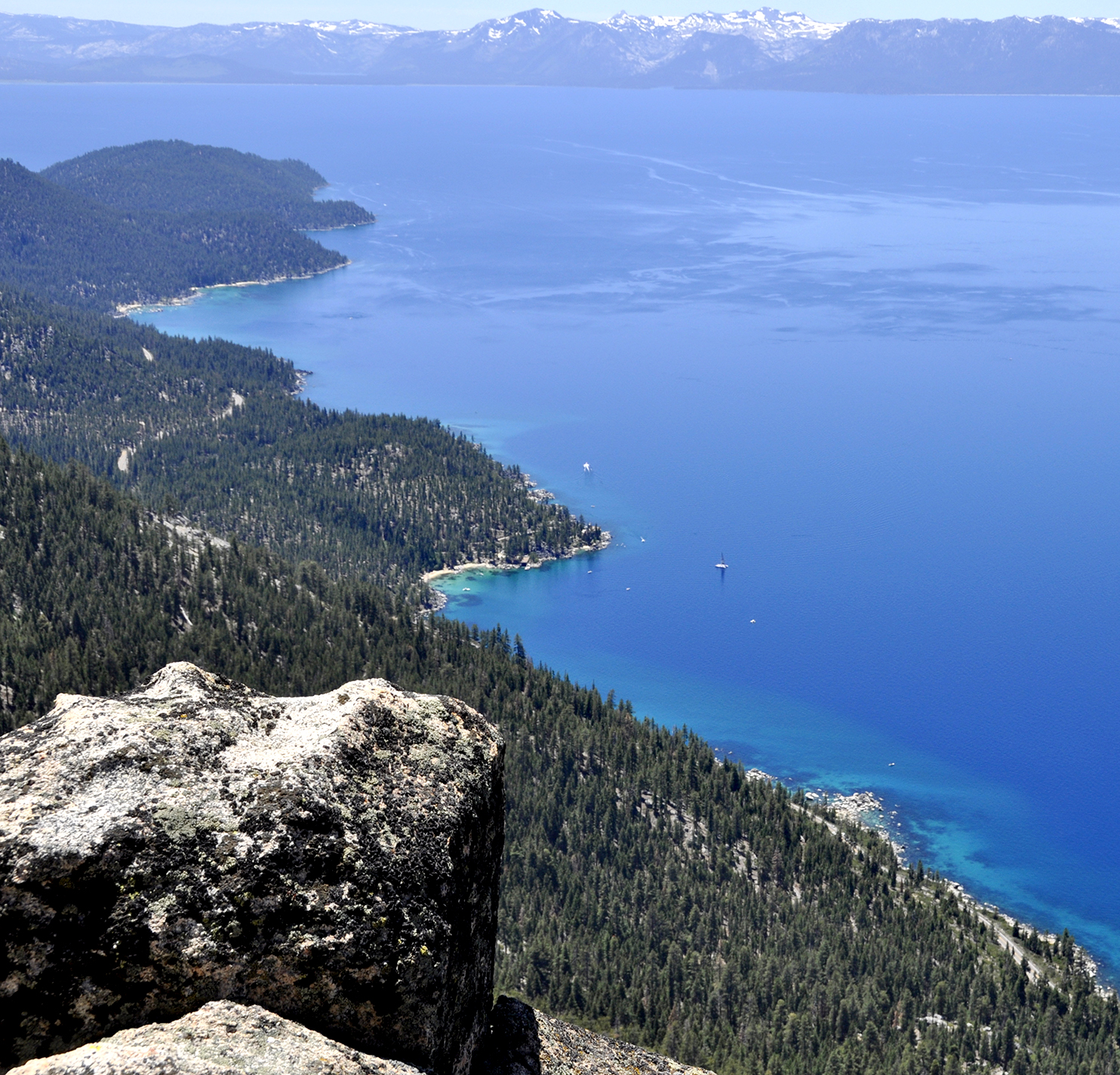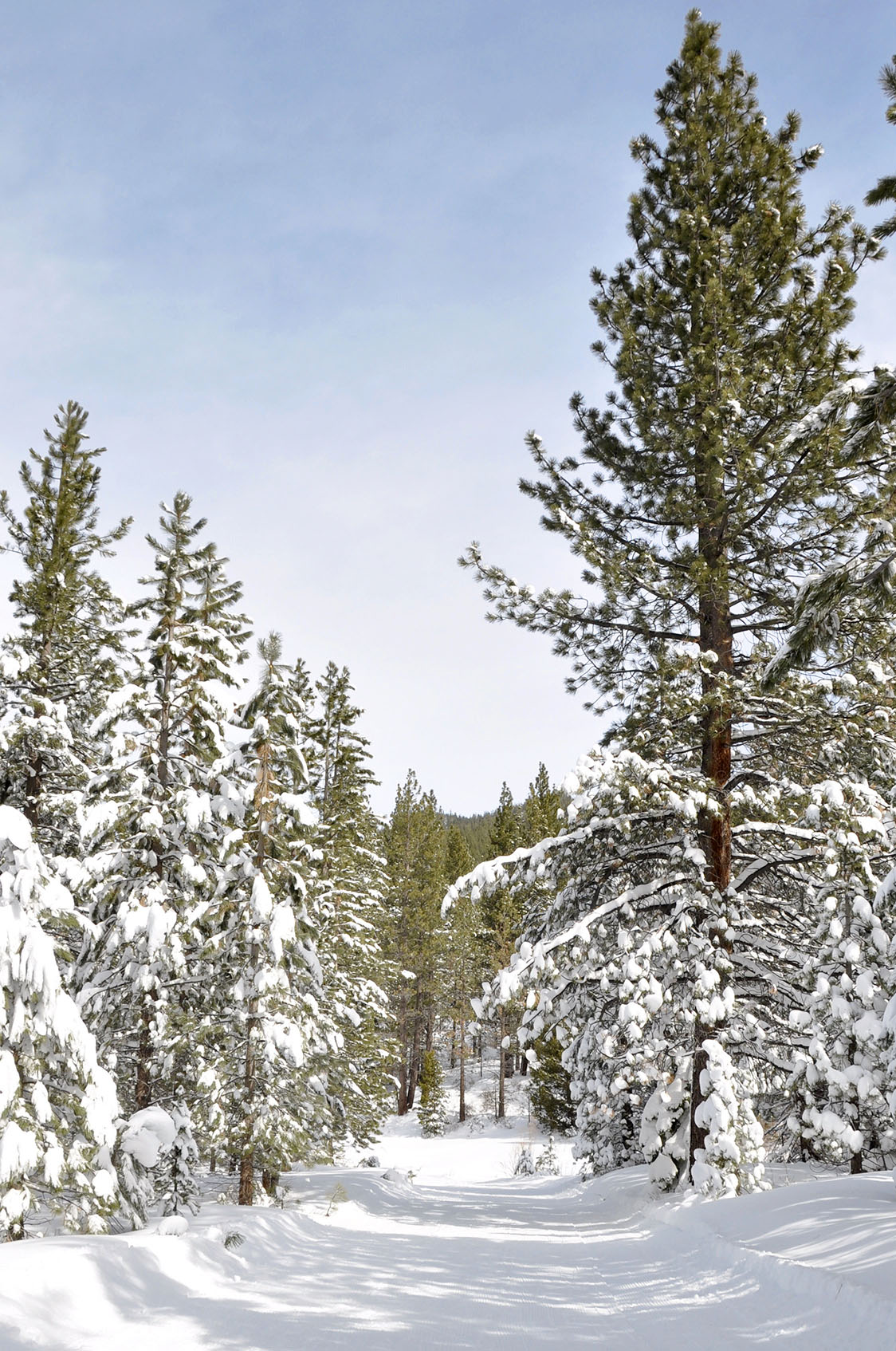Natural Resources and Climate for Lake Tahoe Nevada State Park
 Lake Tahoe Nevada State Park is abundant and diverse in natural resources, from high alpine mountain peaks (Snow Valley Peak, Marlette Peak) to lush meadows (Spooner Meadow), majestic forest stands to ribbons of aspen groves, sub alpine and alpine lakes, to the prominent granitic rock outcrops and sandy beaches of Lake Tahoe’s spectacular shoreline. This varied environment supports the dynamic processes that shape the habitat for a rich spectrum of vegetation, wildlife, and fisheries within the park.
Lake Tahoe Nevada State Park is abundant and diverse in natural resources, from high alpine mountain peaks (Snow Valley Peak, Marlette Peak) to lush meadows (Spooner Meadow), majestic forest stands to ribbons of aspen groves, sub alpine and alpine lakes, to the prominent granitic rock outcrops and sandy beaches of Lake Tahoe’s spectacular shoreline. This varied environment supports the dynamic processes that shape the habitat for a rich spectrum of vegetation, wildlife, and fisheries within the park.
 The climate along the Carson Range is typical of the Sierra Nevada, with dry and sunny summers and snowy winter months. Average annual precipitation ranges from up to 80 inches in the far western portions of Lake Tahoe, while the eastern side ranges from 20 to 35 inches of precipitation. At Sand Harbor, the mean annual precipitation is 20 – 25 inches, with the amount increasing steadily with elevation. The average annual snowfall is 200 – 280 inches at the 7,000 foot elevation.
The climate along the Carson Range is typical of the Sierra Nevada, with dry and sunny summers and snowy winter months. Average annual precipitation ranges from up to 80 inches in the far western portions of Lake Tahoe, while the eastern side ranges from 20 to 35 inches of precipitation. At Sand Harbor, the mean annual precipitation is 20 – 25 inches, with the amount increasing steadily with elevation. The average annual snowfall is 200 – 280 inches at the 7,000 foot elevation.
Average monthly temperatures range from 38.5 ºF in January to 77.7 ºF in July. Winters in the higher elevations are cold, though seldom severe, with the daytime temperatures averaging about 44 ºF. Summers in the basin are cool and dry, with daytime temperature averaging 75º F with night time temperatures at 44º F.



